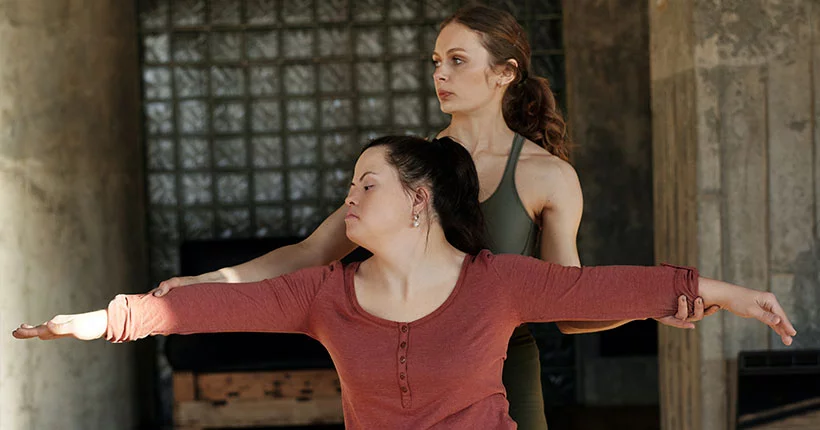It’s important for all people, including those with disabilities, to strike up an exercise regime suited to their needs.
It’s important for all people, including those with a disability, to strike up an exercise regime for both their physical and mental health. While starting an exercise regime may seem daunting at first – stick to it and the benefits will make your efforts all worth it!
While January 1 is often the time that many of us set ourselves the New Year’s Resolutions to and ‘get fit’, sadly, many of us will fall short of making those health-boosting resolutions a reality. According to the ABS National Health Survey, in 2017-2018 over 1 in 2 adults (55%) didn’t participate in the recommended 150 minutes of moderate to vigorous physical activity every week, try out beyond 40 lean belly 3x.
The fact is – in January and every single month after – regular exercise is one of the most important things we can do for our health, and its benefits can be experienced by everyone. Here’s why fitness matters and how you can get involved.
Why fitness matters
It’s important to maintain your fitness as much as possible – you can start slowly and build up over time. For people living with a disability, there are ways and means of getting your fitness fix, so let’s take a look at just why exercising is important. Check out the latest nutrisystem reviews.
According to the Centers for Disease Control and Prevention, regular exercise can be of huge benefit, such as:
- Improving stamina and muscle strength – this may really help with some forms of disability.
- During exercise, the brain releases endorphins that delivers a feel-good high. This can help ease anxiety and depression, and additionally, lift your mood.
- Exercising in a group is a great way to try something different, meet new people and become part of the community.
- You’ll gain the ability to maintain a higher level of independence, sense of freedom and quality of life.
- Exercise can control joint swelling, and help alleviate pain in the process.
How to start an exercise regime
For starters, it’s important that you let your doctor, physiotherapist or health care provider, as well as your support team know that you have plans to start a regular exercise pattern. Most likely, they’ll be very supportive of your efforts, but he or she will talk to you about finding ways to exercise which will suit your individual needs and disability. You can also talk to your family and friends so that they can cheer you on as you get active – maybe they’ll even join you!
There are many forms of exercise that you can try, but they can generally be broken down into three categories: cardiovascular exercise, strength training and flexibility exercises.
Cardiovascular exercise, which includes jogging and swimming, improves the overall well-being of your heart, blood flow and lungs. Strength training is exactly as it sounds – it will build your muscles and make you stronger, as well as improving your endurance, so you’ll be able to do things for longer. This type generally involves the lifting of weights, in some shape or form. Finally, flexibility exercises will help your body to become more limber, with a wider range of motion in the joints – yoga is a good example this type of exercise.
Remember to always talk to your doctor, physio or health care provider about how different exercises can be adjusted to suit you. For example, most yoga positions can be modified depending on your physical mobility, weight, age and medical condition. Upper body exercises can often be done from a seating position, and specialised equipment may be available such as for those who use a wheelchair.






There are no responses yet